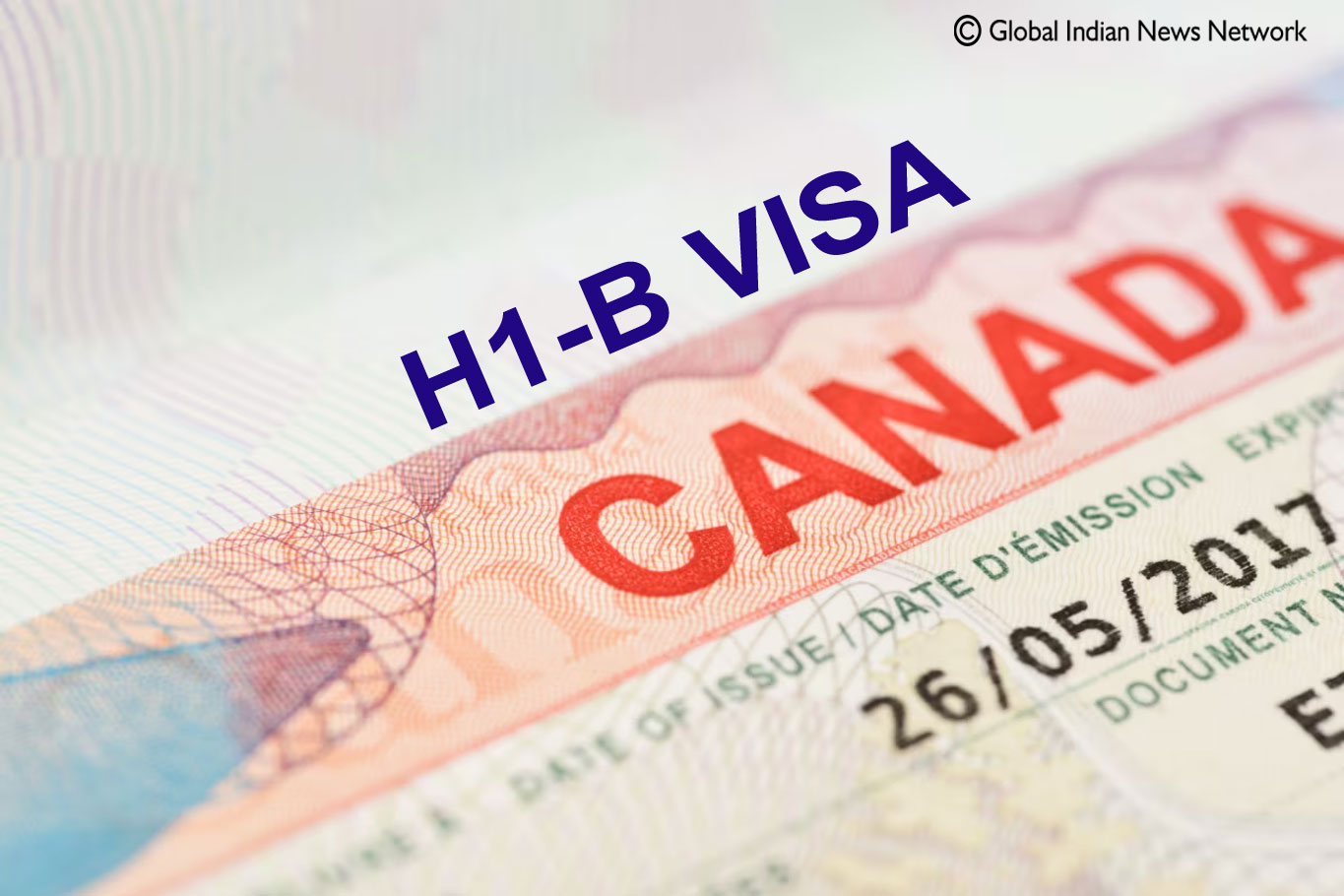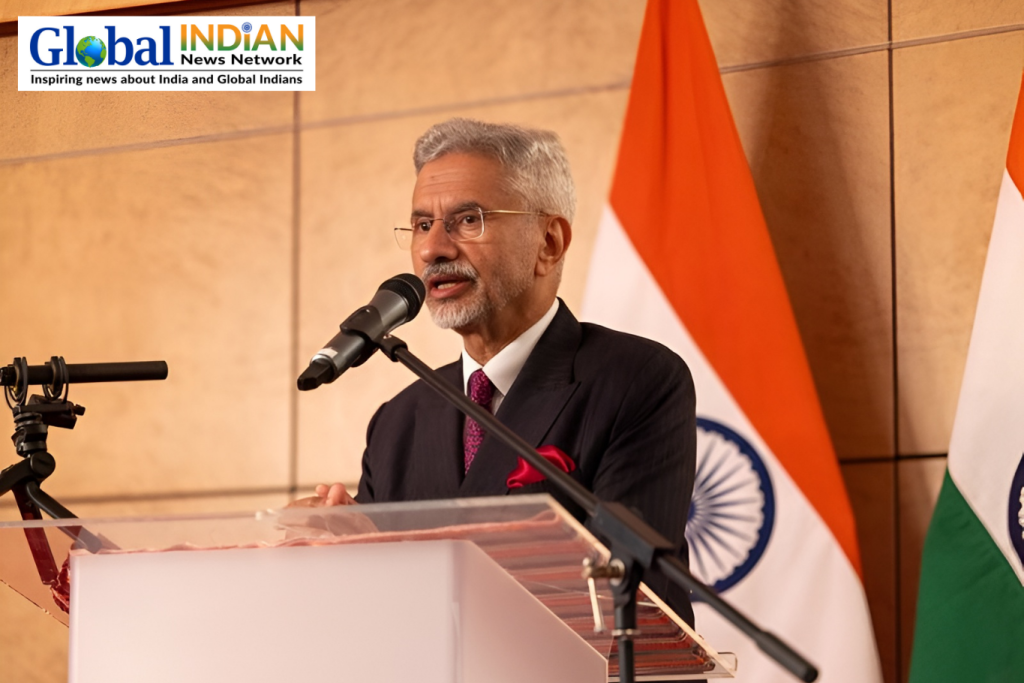 As of June 27, holders of a United States H-1B specialty occupation visa now have the opportunity to apply for employment and residency in Canada, as announced by Canada’s Immigration Minister, Sean Fraser.
As of June 27, holders of a United States H-1B specialty occupation visa now have the opportunity to apply for employment and residency in Canada, as announced by Canada’s Immigration Minister, Sean Fraser.
The aim of this initiative is to promote labor mobility in North America and may impact professionals in the high-tech industries of both Canada and the United States, as well as their immediate family members.
Successful applicants will receive an open work permit valid for up to three years, allowing them to work for almost any employer in Canada. Spouses and dependents can also apply for work or study permits as needed.
The program, implemented by Immigration, Refugees, and Citizenship Canada (IRCC), will remain in effect for one year or until 10,000 principal applicants have been accepted. It’s essential to note that the cap only applies to primary applicants and not their family members.
To be eligible for Canada’s open work permit as an H-1B visa holder, applicants must meet the following criteria: possess a valid H-1B specialty occupation visa and currently reside in the United States.
To apply for the open work permit, applicants need to provide specific documents, including a copy of their current H-1B visa, Form I-797/I797B (Notice of Action) confirming the approval of their H-1B application, and proof of residency in the United States.
The IRCC introduced the first Express Entry draw targeting individuals with work experience in Science, Technology, Mathematics, and Engineering (STEM) occupations on June 28. This draw is part of the category-based selection criteria introduced by the Minister on May 31.
On July 5, the department conducted the draw and invited 500 candidates with work experience in STEM fields, many of whom may also qualify for the newly introduced H-1B open work permit. It’s worth mentioning that the invited candidates were already part of the Express Entry application pool.
The Express Entry system now includes five new categories specifically designed for individuals with work experience in certain occupational fields, as well as a sixth category for those with strong French language proficiency. These categories were determined through extensive research and consultations with various stakeholders, partners, and provincial and territorial governments familiar with local labor shortages.
The IRCC views inviting candidates through the Express Entry STEM category as a significant step towards attracting top global talent and maintaining Canada’s position as a leader in global research, development, and innovation.
In line with this initiative, the Canadian government announced a $20 billion investment in Budget 2023 to support major clean electricity and infrastructure projects, which will require the expertise and skills of STEM professionals.
In addition to introducing a 3-year open work permit for H-1B visa holders, the IRCC is working on establishing an Innovation Stream within the International Mobility Program (IMP). The Innovation Stream is expected to be launched by the end of the year and is being developed based on feedback from stakeholders during recent consultations.
Two potential options under consideration are employer-specific work permits that can extend up to five years for individuals working for companies contributing to Canada’s industrial innovation objective and open work permits that can extend up to five years for highly skilled workers in specific in-demand occupations.
Moreover, the Minister has also announced the restoration of the 14-day service standard for work permits under the Global Skills Strategy. The Canadian government is actively promoting Canada as an attractive destination for digital nomads and making improvements to the Start-up Visa Program, including increasing available spots and extending the work permit duration from one year to three years.
According to recent job vacancy data released by Statistics Canada, there were 42,900 job openings in the professional, scientific, and technical services sectors in April. This number represents a decrease compared to March and a significant decline from the peak recorded in April 2022.
Ontario and Quebec are the provinces with the highest number of job vacancies, and to address these gaps, Ontario recently eliminated the requirement for Canadian work experience for newcomers seeking licensure in engineering.
On June 30, the Ministry of Labour, Immigration, Training, and Skills Development in Ontario introduced a regulation stating that regulated professions in the province must make registration decisions and communicate them to internationally trained newcomers within six months. This measure aims to streamline the registration process and fill job vacancies, particularly in licensed professions within the STEM fields, thereby reducing the skills gap.










